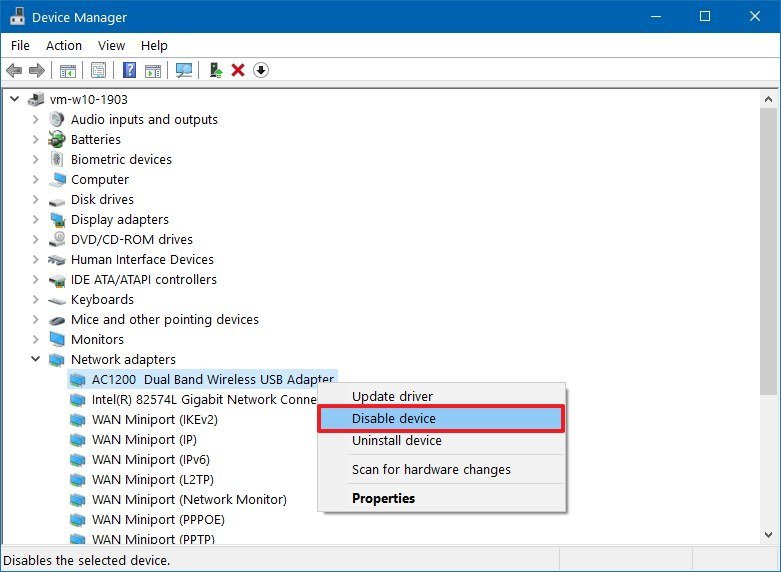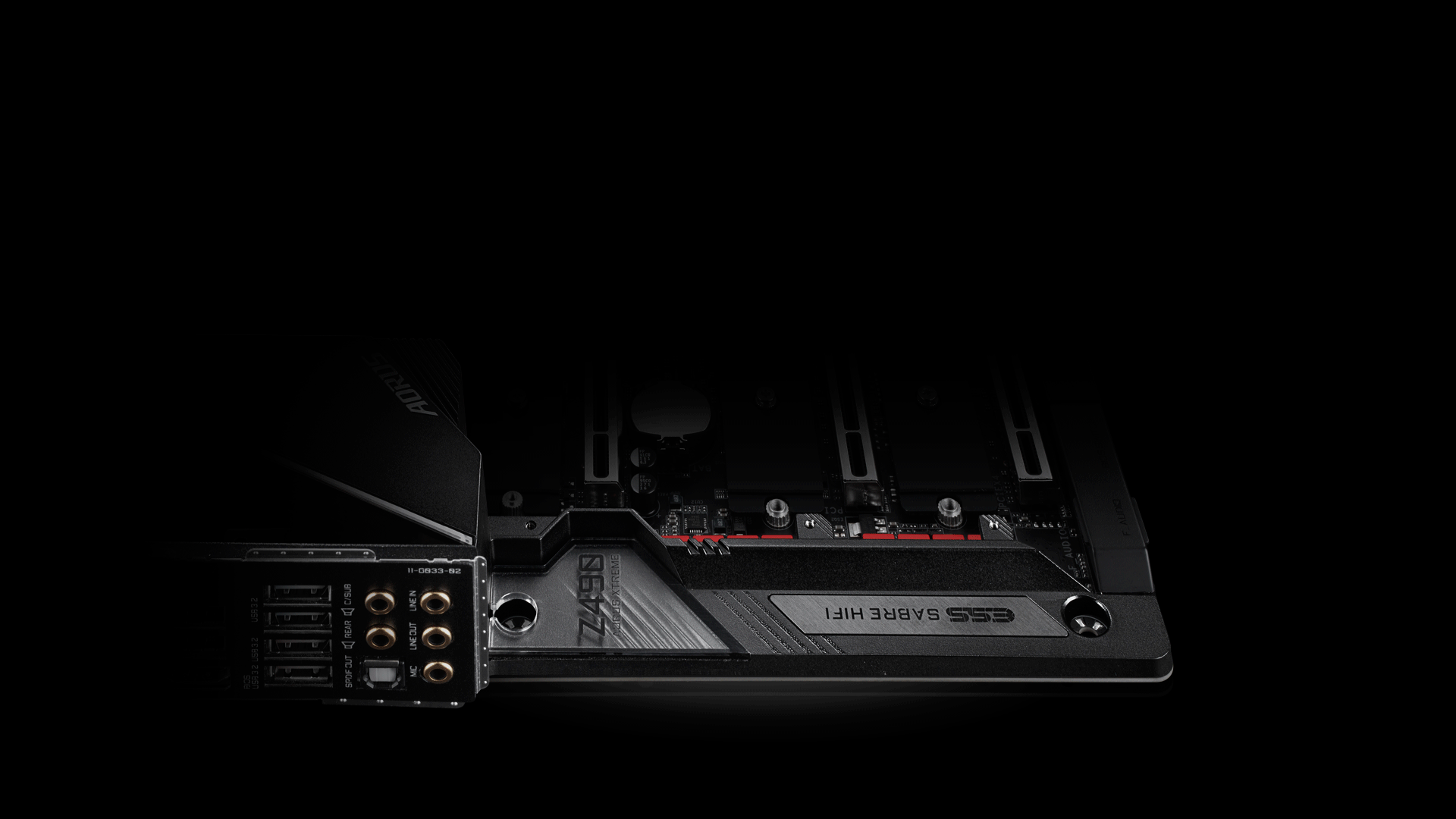Symbol Network is an enterprise-focused blockchain network built to target firms of all sizes from one-person operations to institutional heavyweights. The platform caters to organizations in. How to Add or Remove Network Icon on Lock and Sign-in Screen in Windows 10 By default, users can click/tap on the Network icon on the sign-in screen to disconnect the PC from the network or connect the PC to other available networks without having to sign in to Windows. Download 250,723 network icons. Available in PNG and SVG formats. Ready to be used in web design, mobile apps and presentations.
Network diagram symbols make your network projects easy and quick for team communications. Such programs may cover from general computer engineering, such as the APC Visio Stencils Alternatives, to the advanced network system. Today, we gonna check out specific symbols from some world-leading technology firms, such as Amazon, Cisco, and Google.
Amazon Web Services (AWS) Symbols
AWS symbols are created by Amazon for enterprise architecture applications, like Cloud Computing, on-demand infrastructure and so on. Normally, AWS symbols have the following main categories: App Services; Database; Deployment and Management; SDKs; Storage Content, and Delivery etc. In reality, you can use these AWS network diagram symbols for a wide range of topics include whitepapers, presentations and more.
Azure Network Diagram Symbols
Here are more network diagram elements from the Azure team, which is part of the Microsoft company. Such icons can be used in any Visio versions for your nice-looking formal architectural draft, internal project diagrams, or for business partnership purposes.
Google Cloud Platform (GCP) Icons
GCP symbol is another dominant category for creating network diagrams. It usually covers sub-topics like the Big Data; Google Compute; GCP Identity and Security; Internet of Things; Management Tools and so on. You can see more insights about GCO network diagram symbols as the following:
- Big Data:This part mainly provides data analysis services to prevent risk in data systems.
- Developer Tools: Such tools provide intuitive collection services for developers, for example, finding source code in production and API backends.
- GCP Identity and Security: This part offers users the applications management of personal GCP cloud.
- Google Internet of Things: This section provides fully integrated service for users to securely control and analyze data from their worldwide accounts.
- GCP Storage and Databases: This part is mainly about the storage services for GCP users according to globally-scalable databases.
Cisco Network Diagram Elements
Basic Cisco network diagram symbols usually include shapes, router-generic, router-broadband, firewall, wireless router, workgroup switch, ATM switch, ISDN switch, multiplayer switch, the protocol translator, access server, transport, etc. Every single element has their own specific meaning. For example, the Mobile router is for users to connect their mobile devices; and the Gateway is used to connect between different network systems.
Summary
So far, we have seen a huge amount of useful network diagram symbols. You would surely benefit a lot from these innovative figures. Feeling great and wanna try by yourself? Just check this network diagram software for more info and a free download.
| Type | Subsidiary of Zebra Technologies |
|---|---|
| Industry | AIDC |
| Fate | Acquired by Motorola in 2007, part of Motorola Solutions in 2011, and subsidiary of Zebra Technologies in 2014. |
| Founded | 1975 |
| Founder | Jerome Swartz Shelley A. Harrison |
| Headquarters | Holtsville, New York, United States |
| Products | Barcode readers, wireless networking, mobile computers, RFID |
| 5400 | |
| Parent | Zebra Technologies |
| Website | https://www.zebra.com/us/en.html |
Symbol Technologies is an American manufacturer and worldwide supplier of mobile data capture and delivery equipment. The company specializes in barcode scanners, mobile computers, RFID systems and Wireless LAN infrastructure. Symbol Technologies is a wholly owned subsidiary of Zebra Technologies, and is headquartered in Holtsville, New York, on Long Island.
History[edit]

Before 2000[edit]
The company was co-founded in 1973 by Jerome Swartz and physicist Shelley A. Harrison.[1] At that time, the company focused on handheld laser based scanning of bar codes. Under Swartz's leadership the company became a leader in handheld laser bar code scanning devices. The company focused heavily on the retail industry and began to get involved in inventory management. These activities typically required people to scan items where they are stored and as such needed to be mobile. Symbol began to make small computers that could store data scanned to take inventory counts remotely and then upload the information gathered to a host system. This was the rationale for the purchase of MSI - a mobile computer company that was headquartered in southern California.
The mobile computers being manufactured at the time relied on static memory (in this case SRAM) for execution space and general storage. SRAM was extremely expensive and the team determined that it would be an improvement to use a radio to allow the mobile computer to be untethered but connected to the host system. A thin client architecture was adopted in conjunction with a spread spectrum radio network.
The Enterprise Mobility Management market was dominated by Symbol Technologies and Telxon, Inc. Most notably, these two companies serviced major retailers such as Wal-Mart, Kroger, Safeway, Federated and others.
A notable turning point occurred in 1994 with a competition for business at Kroger. Symbol Technologies and Telxon were operating radio networks in the 2.4 GHz ISM bands. IEEE 802.11 was not yet ratified, so Symbol and Telxon were free to define competing standards of communication at this frequency band. Symbol settled on frequency hopping as the most robust, agile and interference-tolerant approach to data communications while Telxon selected direct sequence technology which they felt afforded higher transfer speeds with adequate interference immunity. Kroger ordered a head-to-head comparison test. Ultimately and not decisively, Kroger chose Telxon. At about the same time, the IEEE decided to adopt the direct sequence approach in its IEEE 802.11b standard.
The ratification of IEEE 802.11b was a huge blow to the Symbol team which now had to reconfigure and engineer a direct sequence radio system. This was accomplished with great pains and IEEE 802.11b became a reality in the industrial and commercial markets far before the radios were available to the consumer market.
The addition of a radio to a mobile device was roughly estimated to have a real value of between $500 and $1000 per unit. This was paid by enterprise class customers that desperately needed this feature to accomplish their operations.
Later on Symbol started to sell the radios as PC Cards as a stand-alone product to various OEMs and private label customers. These included 3Com, Nokia and Intel.
The Symbol team had temporarily dominated the IEEE 802.11b market. Telxon was facing difficulties and, in the meantime, Intel, Apple Inc. and Cisco were looking at the technology to see how they would use this to their commercial advantage. Cisco investigated the acquisition of various manufacturers of wireless gear to augment their commanding position in the wired infrastructure field. Cisco performed due diligence with both Symbol and Telxon, deciding to purchase the Aironet component of Telxon that designed and manufactured the radios. The Cisco purchase of Telxon's Aironet division marked the inflection point of the market moving from a specialized, esoteric market to a mass consumer and enterprise market.

In June 1998, Telxon rejected a hostile takeover bid of $668 million made by Symbol.[2][3] The ensuing proxy battle lasted two years, and in December 2000 Symbol was able to complete the takeover at a much lower price of $465 million.[4][5][6]
In 2004 Symbol acquired Matrics, helping the company to push further into the RFID field.
Accounting fraud and acquisition by Motorola[edit]
In 2002, Tomo Razmilovic, who succeeded Swartz as CEO in 2000, abruptly retired in the midst of a Securities and Exchange Commission inquiry into Symbol's accounting practices.[7] A few months later, an internal inquiry revealed a wide-ranging accounting fraud that had begun in 1998 and only ended in early 2002. Following this revelation, Symbol cooperated fully with the SEC investigation, as well as with a separate federal criminal probe by the United States Attorney for the Eastern District of New York.[8]
On June 3, 2004, Razmilovic and seven other former Symbol executives were indicted on charges that they orchestrated a wide-ranging scheme to inflate the company's sales and profits. It included several types of fraud, such as channel stuffing (booking sales to wholesalers and distributors as final sales to customers), candy deals (selling products to distributors with no matching customer orders and then buying the products back), use of tango sheets (records of how much revenues had to be inflated to match quarterly targets) and use of cookie jar reserves (declaring nonrecurring expenses that far exceeded likely expenses). On the same day, Razmilovic and 10 other former executives were sued by the SEC for the fraud.[9]
In late 2002, Symbol restated almost four years of earnings from 1998 to 2001, in the process erasing $234 million in revenue and $325 million in net income. It also paid $37 million to settle the SEC charges and $138 million to settle numerous shareholder suits.[8][10][11] Eventually, four former executives pleaded guilty, and seven former executives settled SEC charges against them. Several of those who pleaded guilty stated under oath that Razmilovic was the mastermind of the fraud.[12] Razmilovic fled to Sweden, where he has citizenship, shortly before his indictment. He remains a fugitive as of 2017; he claims he will not voluntarily return to face the charges against him because he does not believe he can get a fair trial in the United States. Sweden will not give him up for extradition because it does not extradite suspected white-collar criminals outside the European Union.[12][13]
Symbol never recovered from the fraud, and in 2007 was acquired by Motorola for $3.9 billion.[14] The company essentially took over Motorola's Enterprise division; it was far larger than the pre-merger division.[15] Symbol remained part of Motorola Solutions, the legal successor to the old Motorola, after the company spun off its mobile phone division as Motorola Mobility.
Acquisition by Zebra Technologies[edit]
In October 2014 Zebra Technologies acquired Motorola Solutions' Enterprise business which included Symbol Technologies for $3.45 billion in cash.[16]
References[edit]
- ^Funding Universe history of Symbol Technologies
- ^TELXON REJECTS LATEST OFFER FROM SYMBOL TECHNOLOGIES
- ^Telxon's Board Rejects Increased Symbol Bid
- ^'Symbol Technologies Completes Acquisition of Telxon'. Archived from the original on 2009-08-13. Retrieved 2009-07-29.
- ^Symbol to Acquire Telxon in a Stock-for-Stock Transaction[dead link]
- ^Telxon Stockholders Approve Merger with Symbol Technologies
- ^Strugatch, Warren (2002-07-28). 'At Symbol, Changes At Top and Hopes for Revival'. New York Times.
- ^ abLohr, Steve (2013-06-21). 'Technology, Day 2: I Learn the Books Are Cooked'. New York Times.
- ^Lohr, Steve (2004-06-04). 'Ex-Executives at Symbol Are Indicted'. New York Times.
- ^SEC suit against Symbol
- ^SEC release announcing penalties against Razmilovic
- ^ abDienst, Jonathan (2013-11-21). 'Fugitive Long Island CEO Accused of $200 Million Fraud Wants Apology'. WNBC.
- ^Harrington, Mark. 'Fugitive ex-CEO faces $90M civil penalty'. Newsdayaccessdate=17 February 2012.
- ^American Greed: The Fugitives: Diamonds Aren't Forever (Television Production). United States: CNBC. 2013.
- ^Meyer, David. Motorola buys Symbol Technologies for £2bn. ZDNet, 2006-09-19.
- ^'Zebra To Acquire Motorola Solutions' Enterprise Business'. Zebra.com. Retrieved 17 June 2015.
External links[edit]
Symbol Network & Wireless Cards Driver Download For Windows
